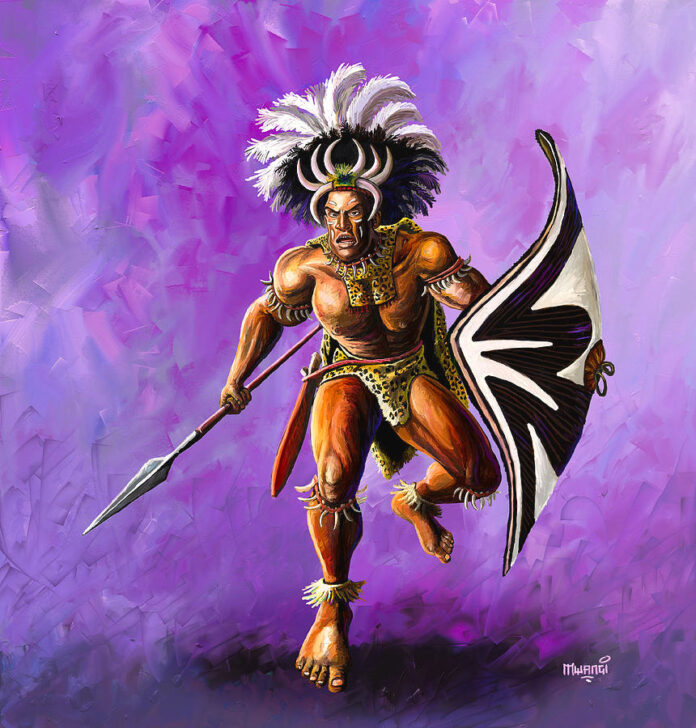In the vast landscape of African folklore, few tales are as gripping as that of Lwanda Magere, the Luo warrior whose skin was said to be made of stone. To generations around Lake Victoria, his story has been passed down not only as a tale of superhuman strength but also as a riddle: was he truly a man of stone, or does his legend hide a coded history of real battles, politics, and lessons?
According to Luo oral tradition, Lwanda Magere was invincible in combat. Spears and arrows shattered against his skin, leaving him unharmed. The very name “Lwanda” means “rock” in Dholuo, a reminder of his seemingly unbreakable body. With him on the battlefield, the Luo people were said to be unbeatable.
But every myth has its twist. The story goes that the Nandi, weary of endless defeat, sent a beautiful woman as a bride for Lwanda Magere. Welcomed into his household, she eventually discovered his secret: his strength lay not in his rocky skin but in his shadow. When this knowledge was passed back to her people, the Nandi devised a plan. In the next battle, a spear was thrown not at his body but at his shadow—and that was how the mighty warrior fell. Where he died, legend says, a rock formation rose from the earth, believed by some to still stand in Sidho, Kisumu County.
For many, the tale is pure myth, a story to inspire courage and warn against betrayal. Yet, historians and anthropologists have begun asking whether it encodes fragments of real events. Could the “stone skin” have been a metaphor for military technology—perhaps iron weaponry or armor unfamiliar to the Nandi? Could the “shadow” be a symbolic reference to strategy, morale, or a vulnerable flank in warfare? In oral traditions, exaggeration often preserves truth in disguise, transforming history into legend so it can endure across centuries.
Unknown to many outside Luo communities, the site believed to mark Lwanda Magere’s death is treated with reverence. Locals say the rock is immovable, a cultural monument as much as a spiritual one. Some argue it symbolizes the permanence of memory, ensuring that even in death, the warrior could not be erased.
The legend also raises profound questions about African storytelling. Was the fall of Lwanda Magere a lesson on the dangers of underestimating women and their power within political struggles? Was it a warning about betrayal from within? Or was it simply a way for communities to grapple with the loss of a great leader by explaining his death through the language of myth?
Modern scholars often describe such tales as “coded histories.” Rather than dismissing them as fables, they urge us to see them as archives—oral records where truth is preserved in allegory, metaphor, and symbol. Just as the Greeks had Achilles, the Luo had Lwanda Magere. And just like Achilles’ vulnerable heel, Magere’s shadow reminds us that even the strongest among us carry fragile points.

